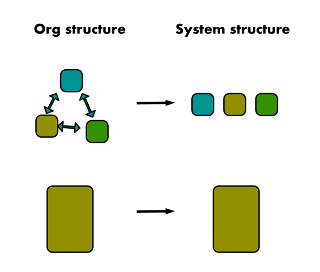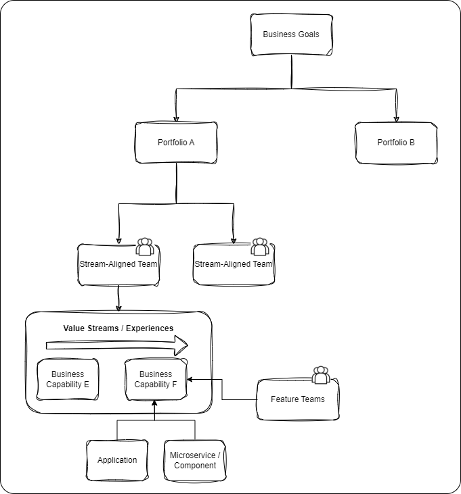We asked some of our partners to talk about their views on enterprise architecture, here Esenterprise Solutions talk about how they see EA.
In times where emerging digital products quickly become threats to the survival of your business and external scenarios (Covid, AI, public outrests, wars, supply chain disruptions, etc.) impact your company’s results overnight, the reaction ability that digital organizations must have to adjust their priorities and plan their next steps is imperative.
Investing great efforts on long-term planning of the enterprise architecture makes less sense these days.
We see EA as an enabler to establish an operating model that makes an organization responsive / adaptive (with development teams that have a high capacity to react) and resilient (organizations that stand against disruptions) through the design of value-oriented portfolios, business capability models and delivery teams topologies focused on the continuous creation of customer value (customer being internal or external). All these elements are related and have a direct impact on final architecture designs.
In our opinion, the above is one of the main objectives of the business architecture and therefore of the EA.

Conway’s law taught us many years ago (1967) that there is a very strong relationship between the organizational structure (and its operating model) and the resulting architecture design.
As the organizational structure has a direct impact on the resulting architecture design, enterprise architects must be involved in the design of the operating model of the digital organization (business/IT).

An organization oriented towards objectives and value propositions is more agile.
As shown in the image above, having your organization oriented not towards large business lines or units but towards objectives and value propositions, allows you to quickly adjust team priorities. Some of these teams are specialized in building specific business capabilities that support value propositions and those business capabilities are at the same time supported by a layer of technical architecture.
Organizations move through different maturity levels, and therefore the operating model must be designed based on the reality of each company. There is no one-size-fits-all solution here. There are long discussions around the effectiveness of different organizational design approaches of development teams (see team topologies vs org topologies, further reading below), so there is not only one recipe.
However, we can provide some key points that apply to most organizations:
- Articulate business strategy and vision to define goal-oriented portfolios.
- Define measures of success that allow you to track the progress of delivery teams and also to allow them to prioritize work.
- Define a business capabilities map that acts as a link between the applications that are being built and the value propositions that teams are delivering. This will also help you with overall EA governance.
- System architecture design techniques such as Domain Driven Design can be used to identify the boundaries of business capabilities. However, it is important to adequately define the ownership of these capabilities, avoiding the organizational structure to become more bureaucratic and the resulting architecture over engineered (Conway’s law again).
- Define the different types of teams that will support the building of capabilities and experiences. Special attention must be paid to the type of dependencies between teams: the ability to react to change will be slow if there is too much dependence between teams especially if these teams have different objectives.
Having quick and clear visibility on the operating model and the relationship between teams, portfolios, value propositions, applications and objectives is key to achieving an adaptive organization with reaction capabilities. Tools like Essential can help stakeholders to make decisions about the operating model when required: at a strategic, tactical or technical level.
Visit Esenterprise Solutions
Further Reading
Related Posts
What is Enterprise Architecture?
Is your Enterprise Architecture delivering value?
Enterprise Architecture – Every business needs a Business Portrait